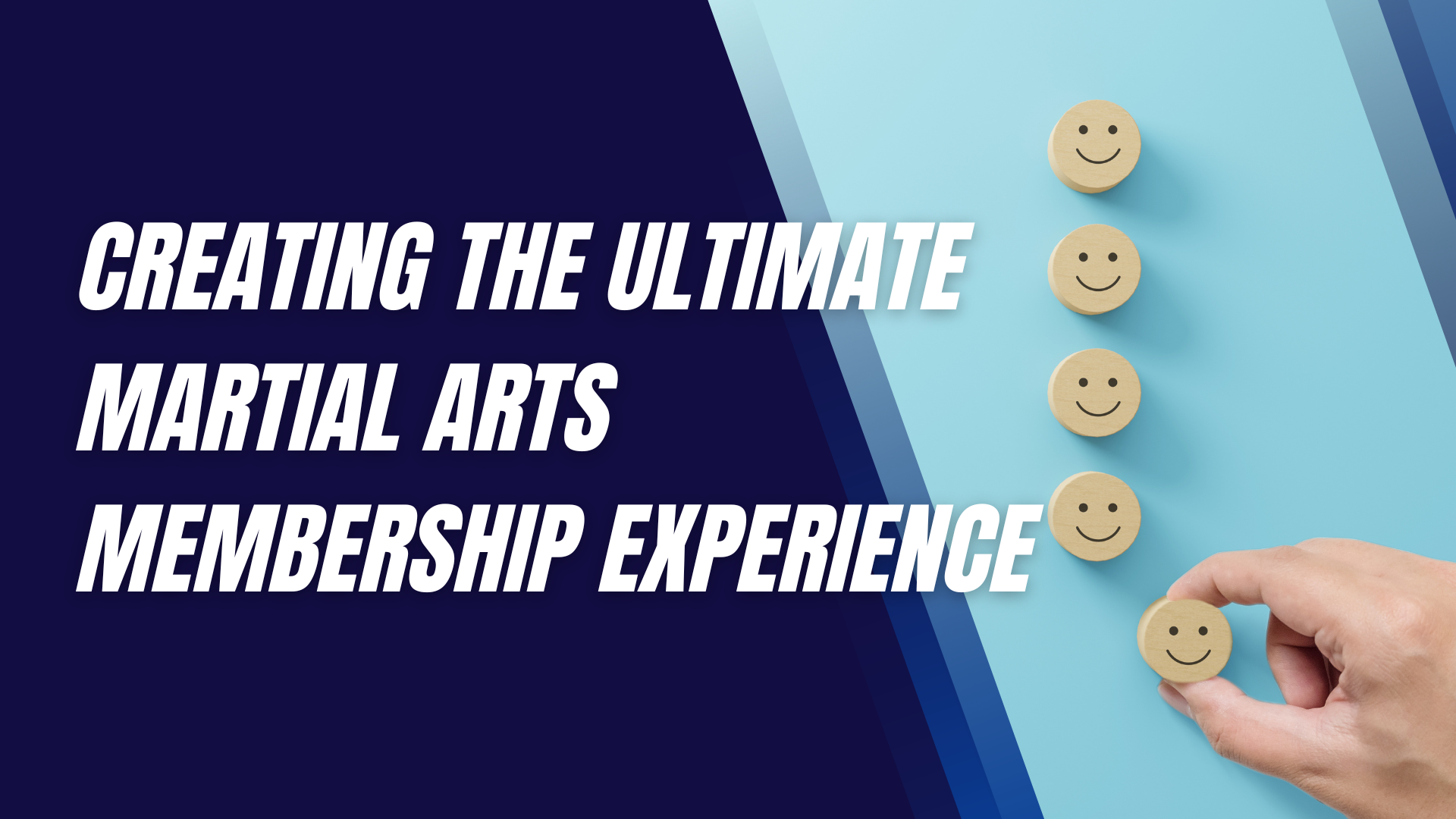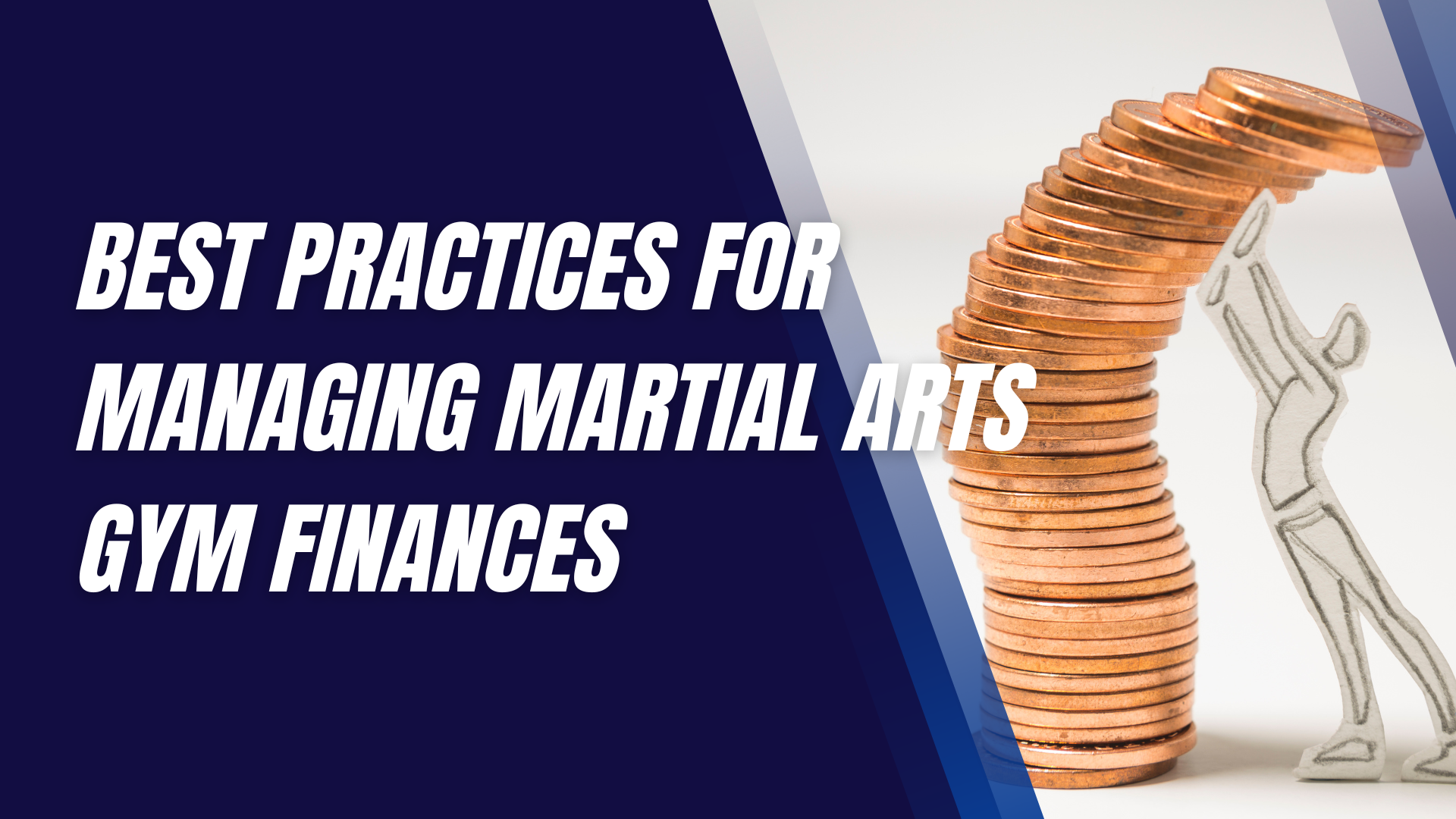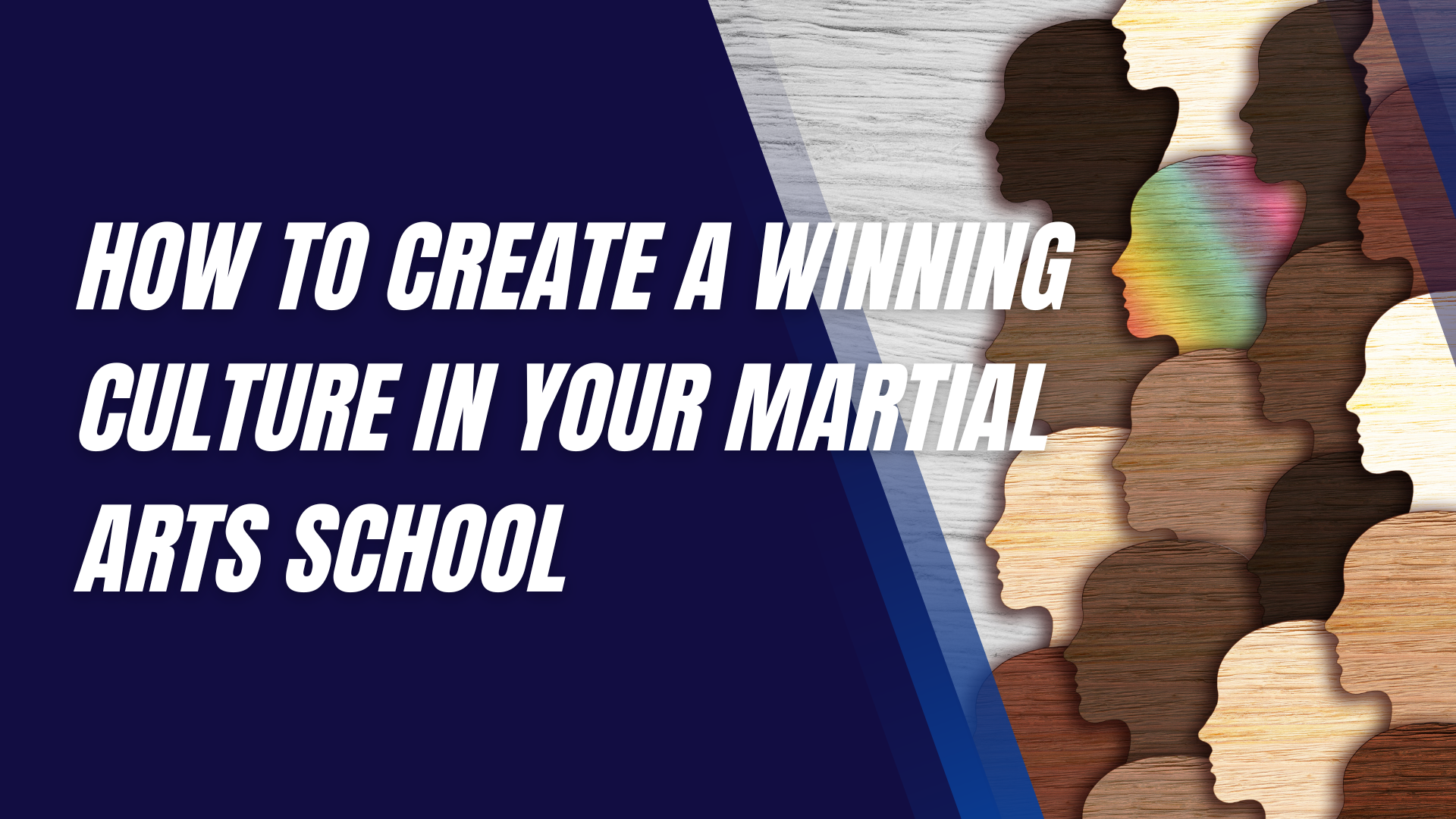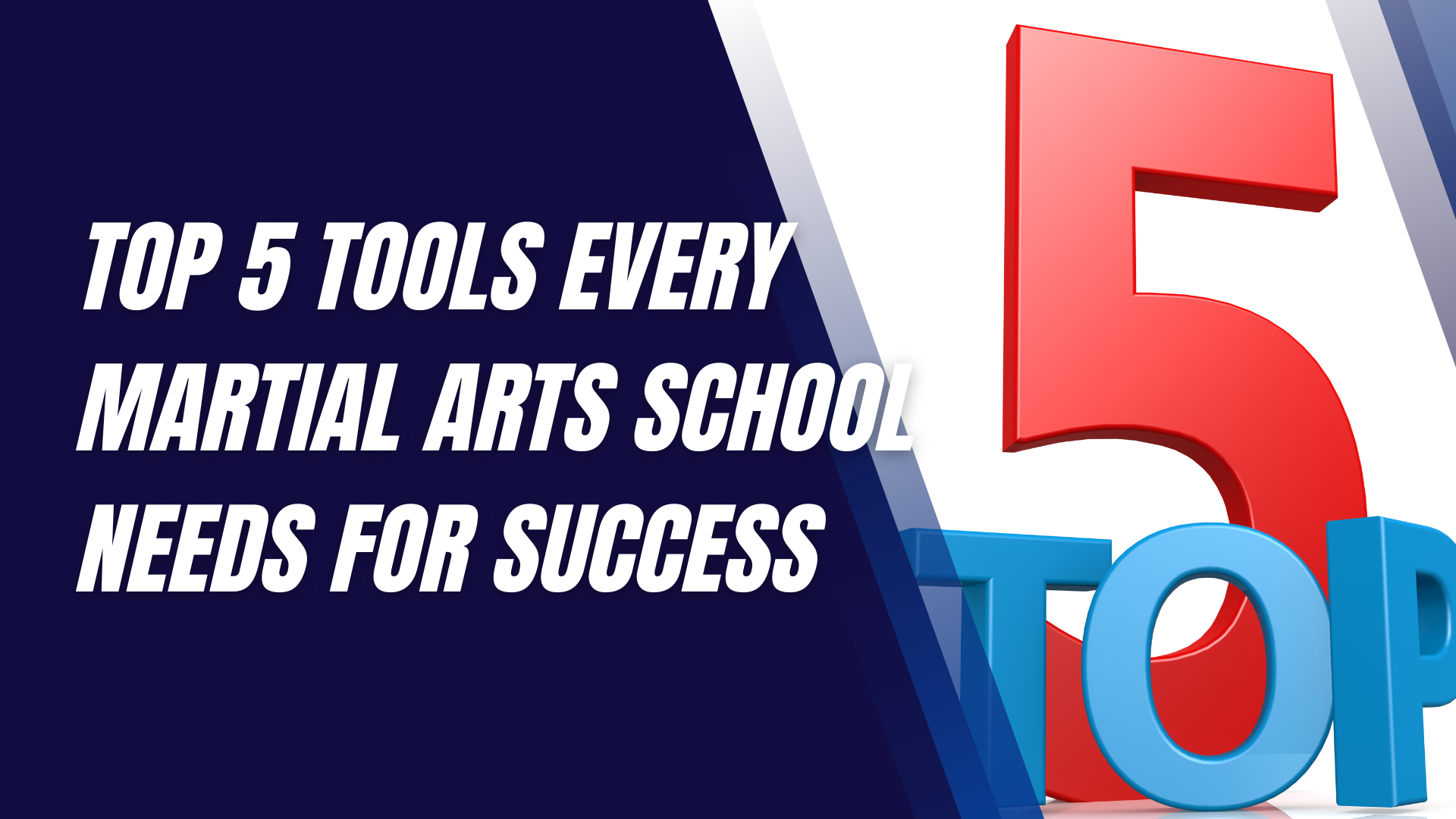GET 1 MONTH LEAD MANAGEMENT SUPPORT FOR FREE.
How to Select the Right Martial Arts Weapons for Training
Martial arts weapon training is a fascinating and rewarding aspect of martial arts practice.
Whether you're looking to enhance your self-defense skills, compete in sports, or dive deep into the cultural heritage of your chosen martial art, selecting the right weapon is crucial. This guide will walk you through the key factors to consider when choosing martial arts weapons for training.
Understanding Your Martial Arts Discipline
The first step in selecting the right martial arts weapon is to understand the specific requirements of your discipline. Different martial arts styles incorporate various weapons, each with unique techniques and applications. For instance, Kendo focuses on the katana, while Eskrima emphasizes the use of sticks. Ensuring your weapon aligns with your martial art is essential for effective training.
Assessing Your Skill Level
Your skill level plays a significant role in determining the appropriate weapon. Beginners should start with simpler, safer weapons like wooden swords (bokken) or training staffs (bo). Advanced practitioners might opt for more complex or realistic weapons, such as live blades or chained weapons. Choose a weapon that matches your experience to avoid injury and build confidence.
Purpose of Training with Weapons
Understanding the purpose behind your weapon training helps narrow down your choices. If self-defense is your goal, practical weapons like knives or tactical batons may be suitable. For competitive sports, you might need specialized equipment that meets tournament regulations. Those interested in traditional practice might prefer historically accurate replicas to connect with their martial art's heritage.
Types of Martial Arts Weapons
Martial arts weapons come in various forms, each serving different purposes:
- Bladed Weapons: Swords, knives, and daggers are common in styles like Kenjutsu and Silat.
- Impact Weapons: Sticks, staffs, and nunchaku are prevalent in Eskrima and Karate.
- Flexible Weapons: Chains and whips are used in styles like Shaolin Kung Fu.
- Projectile Weapons: Shuriken and bows are integral to Ninja and Kyudo training.
Material Considerations
Weapons are made from different materials, each with pros and cons:
- Wood: Ideal for beginners, offering safety and affordability.
- Metal: Provides realism and is suitable for advanced practitioners.
- Polypropylene and Synthetic Materials: Durable and safe for intense training.
Weight and Size
Selecting a weapon with the right weight and size is vital. A weapon that's too heavy or large can hinder your training and cause injury. Conversely, a weapon that's too light or small might not provide the necessary challenge. Consider your physical strength and build when choosing a weapon.
Safety Aspects
Safety should always be a priority in martial arts training. Invest in protective gear like gloves, helmets, and padding. Start with training weapons made from safe materials such as wood or polypropylene before transitioning to live blades.
Budget Considerations
Martial arts weapons vary widely in price. While it might be tempting to go for the cheapest option, investing in quality weapons pays off in the long run. High-quality weapons are more durable and provide a better training experience.
Legal Restrictions
Before purchasing any martial arts weapon, familiarize yourself with local laws. Some weapons are restricted or illegal in certain areas. Ensure compliance with regulations to avoid legal issues and ensure safe, responsible training.
Where to Purchase Martial Arts Weapons
You can buy martial arts weapons from specialty stores, online retailers, or have them custom-made. Research reputable sources to ensure you get high-quality, authentic weapons.
Maintenance and Care of Weapons
Proper maintenance extends the lifespan of your weapons. Clean them regularly, store them safely, and perform any necessary repairs. Sharpen bladed weapons as needed, and replace worn-out parts promptly.
Training Methods
Effective training involves a mix of solo practice, partner drills, and professional instruction. Solo practice helps refine your techniques, while partner drills improve your timing and reactions. Professional instructors provide valuable feedback and guidance.
Transitioning Between Weapons
Developing versatility with multiple weapons can enhance your martial arts skills. Start with one weapon and master its basics before moving on to another. Cross-training with different weapons improves your adaptability and overall proficiency.
Final Thoughts
Choosing the right martial arts weapon requires careful consideration of your discipline, skill level, training purpose, and personal preferences. By making informed choices, you can enhance your training experience and progress safely and effectively.
Interested in trying a martial arts class? Find an affiliated academy anywhere in the country by clicking here.
Have your own martial arts program? Get to know more about what we have to offer at Ground Standard Agency for helping martial arts businesses grow.
Email us at info@groundstandard.com, or call and text us at (732) 907-8920 today to learn how to start growing your own academy, school, dojo, or gym with us as well.
LEARN MORE ABOUT OUR DO-IT-YOURSELF AND FULL-SERVICE OPTIONS.
Learn more (GS Homepage)
We will get back to you as soon as possible.
Please try again later.










Follow us across the web.
Ground Standard Agency
info@groundstandard.com
(732) 907-8920
3805 State Route 33
Neptune NJ, 07753
2024 Ground Standard Agency
Terms & Conditions
Privacy Policy
|
Cookie Policy
All rights reserved, Brava Holdings Inc.


